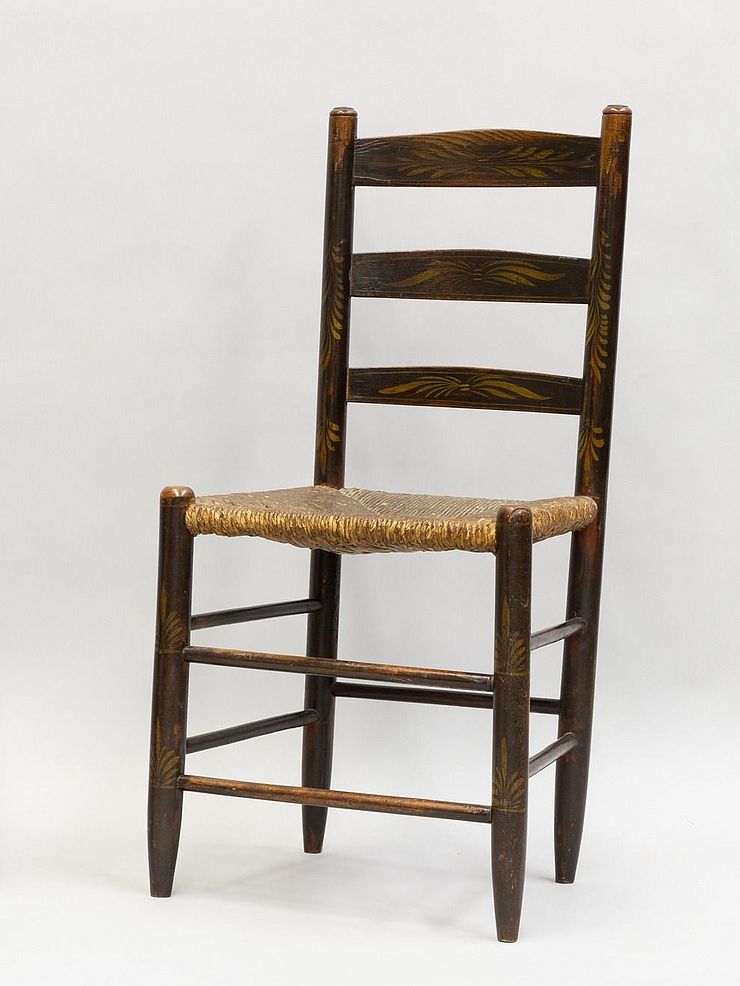Artisan Work

Tribal Artists, Artisans and Craftspersons
We are happy to introduce to you, the talented list of people below, who create beautiful and meaningful objects and art, each bringing their own unique perspective and talents to their work.
- Barbi Gardiner | Nipmuck Herbalist & Soapmaker & Founder of OutdoorApothecary.com
- Kate Gardiner - New England-based illustrator
- Hawk Henries - Flute Maker/Musician
- Sierra Henries - Birch Bark Artist
- Brittney Walley - Traditional Weaver
- Sarah (Brown) Sprague - Basket Maker/ Chair Seater and Matriarch
In memory and deep respect, we dedicate this section of the website to Sarah (Brown) Sprague, who made a living in the early nineteenth century by selling baskets and seating flag-bottomed chairs for white families in and around Webster, Massachusetts.
Sarah (Brown) Sprague (1794 - 22 May 1861) Matriarch
Sarah, also known as Granny Sprague during her lifetime is the matriarch of the Sprague-Nichols/Heath and Sprague/Henries lines. She is “grandmother" to over seven generations and has more than 400 CBNI descendants that make up approximately 80% of our Nipmuck band.
The following are portions of a recollection written by Octavia Sweetser, who had been a good friend of Sarah’s granddaughter, Angela Sprague, Sarah traveled quite a distance to market her wares, including the ten miles to Sturbridge where among her regular customers was the family of Samuel F. Bemis. Sarah’s son Israel and his wife, Sally White, died at early ages, leaving two young daughters behind. The youngest, Angela, was cared for by her Grandmother Sprague. So well did Granny Sprague come to know the Bemis family for whom she bottomed chairs that after her death sometime in the 1860s, Angela was sent to live with them. Raised in a white family and later married to a white man, Angela remained quite aware of her Indian identity as it had been passed on to her by her grandmother.
According to Octavia Sweetser, another ward of the Bemis family, Angela, accompanied Granny on her basket-selling/chair-seating circuit. Angela also helped her grandmother, for she well remembered handing her rush as she worked.
Granny Sprague’s seating work must have seemed to Angela an important part of her grandmother’s identity as a Native artisan, for following Granny’s death, Angela asked to keep as her own two of the chairs that the old woman had seated.
Years later, nearly a century after Granny’s death, they were donated to the Old Sturbridge Village.(P358) by Octavia Sweetser, to whom Angela had willed them.
These neatly seated chairs had been kept as a sort of memorial to Granny Sprague and were donated to the museum along with her story. Granny Sprague was just one of many Indian women who had bottomed chairs during the two hundred years prior to her death.
